Chronic kidney disease (CKD) is common in pets, but the condition often goes undiagnosed until the later stages when their prognosis is poor. Our Burlington Veterinary Center team knows how debilitating this condition can be, and we offer information about CKD and advice to help decrease your furry pal’s risk.
#1: Chronic kidney disease is a serious health issue for your pet
The kidneys play many important roles in your pet’s body. If your pet’s kidneys aren’t functioning appropriately, the consequences can be severe, including:
- Toxin accumulation — The kidneys remove metabolic wastes from the body, and if the filtering units (i.e., nephrons) are damaged, toxins accumulate in the bloodstream, leading to illness.
- Water loss — Properly functioning kidneys regulate the amount of fluid that leaves the body, depending on the amount of water your pet drinks. If your pet drinks too much water, their kidneys produce dilute urine. If your pet is dehydrated, their kidneys produce concentrated urine. In CKD, the kidneys lose the ability to make concentrated urine, and affected pets must drink excessively to remain hydrated.
- Hypertension — The kidneys are part of a complex system that regulates blood pressure, and CKD often causes high blood pressure, which can further exacerbate kidney damage and harm other parts of the body.
- Anemia — The kidneys produce the hormone erythropoietin, which triggers the bone marrow to produce red blood cells (RBCs). CKD can decrease erythropoietin production, resulting in anemia.
- Protein loss — The kidneys’ filtering units preserve important proteins while filtering out waste, but CKD damages these units, and your pet loses protein through their urine.
- Electrolyte and mineral imbalances — The kidneys regulate electrolytes, such as sodium and potassium, and minerals, such as calcium and phosphorus. CKD leads to imbalances that can cause serious consequences.
#2: Chronic kidney disease often goes unnoticed in pets
Pets are masters at concealing weaknesses, such as illness and pain, and they often hide disease signs. Pets often do not exhibit CKD signs until the disease has advanced, when more than 70% of the kidney’s filtering units have been damaged, which significantly affects a pet’s prognosis. Pets’ CKD signs include:
- Lethargy
- Decreased appetite
- Bad breath
- Oral ulcers
- Increased thirst and urination
- Unkempt hair coat
- Vomiting or excessive drooling
- Incoordination
#3: Regular pet wellness screenings are the best way to detect chronic kidney disease
Regular wellness screenings are vital to your pet’s health care plan. These visits help our Burlington Veterinary Center team determine your pet’s diagnostic baseline values, so we can track small changes, which alert us to emerging health problems. We recommend adult pets receive a wellness screening at least once per year, and senior pets, who are at higher risk for issues such as CKD, should receive wellness screenings at least every six months. To determine whether your pet has CKD, our team may perform the following screening tests:
- History — Our team takes a thorough history of your pet’s health and behavior to determine if they have a CKD risk or are exhibiting signs that may indicate the condition.
- Physical examination — We evaluate your pet from their cold, wet nose to their tail, checking for signs such as bad breath, oral ulcers, and small, misshapen kidneys.
- Complete blood count (CBC) — A CBC evaluates your pet’s RBCs, white blood cells (WBCs), and platelets. If your pet has anemia associated with CKD, a CBC helps our team detect the problem.
- Creatinine and blood urea nitrogen (BUN) — Creatinine and BUN are waste products that the kidneys typically filter. If your pet has CKD, these values may be elevated in their blood. However, the kidneys must have lost at least 70% of their functioning ability before these levels rise, and other factors can also influence these values.
- Symmetric dimethylarginine (SDMA) — SDMA is a sensitive and specific CKD marker, more so than creatinine and BUN. SDMA levels can rise when as little as 25% of kidney function is lost, helping our team detect CKD much sooner than with traditional testing results.
- Phosphorus — Phosphorus levels are often elevated, especially in later CKD stages.
- Urinalysis — A urinalysis evaluates your pet’s urine concentration and content. CKD typically causes dilute urine that contains protein.
If screening test results indicate your pet has CKD, our team may recommend additional tests including:
- Blood pressure evaluation — CKD often leads to hypertension, and we may measure your pet’s blood pressure.
- X-rays — X-rays are often helpful to evaluate your pet’s kidney size.
- Ultrasound — In some cases, we may recommend an abdominal ultrasound to further assess your pet’s kidneys.
#4: Chronic kidney disease in pets can be difficult to manage
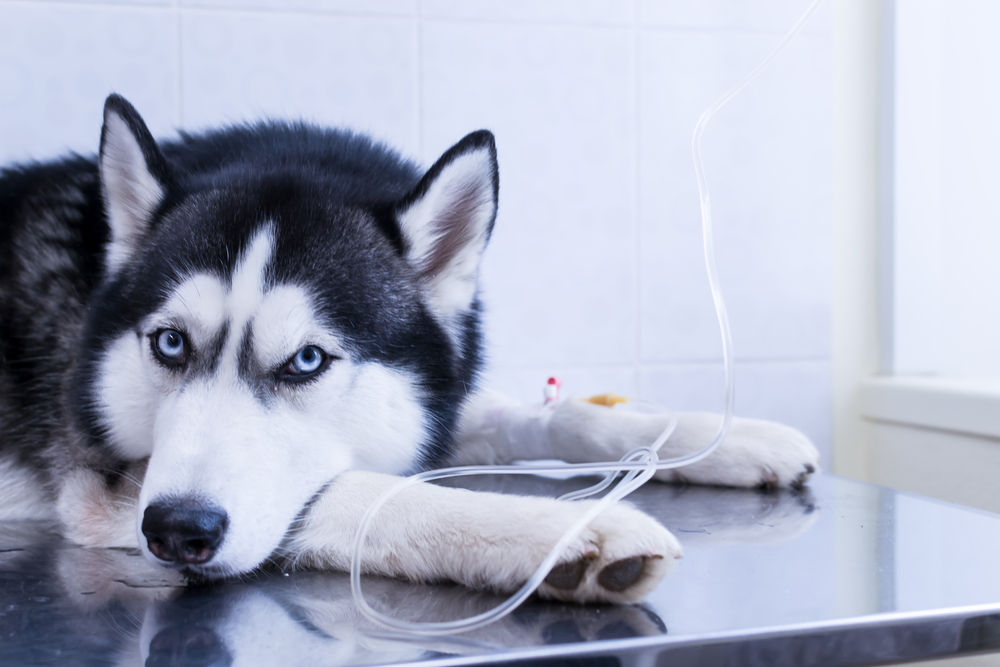
When detected in the early stages, CKD can often be treated by keeping your pet well hydrated and changing their diet to a prescription renal food that is low in protein and potassium. In the more advanced stages, numerous medications may be needed to manage your pet’s issues. Potential CKD treatments include:
- Blood pressure medication — Hypertension can lead to worsening CKD, retinal detachment, heart problems, and vascular issues that our team must control through medications.
- Phosphate binders — If dietary phosphorus restriction is not effective in keeping your pet’s phosphorus at an appropriate level, phosphate binders may be necessary.
- Protein conservation — To prevent protein loss in your pet’s urine, we may prescribe medications.
- Antinausea — Many CKD pets experience nausea and vomiting, and medications may be necessary to prevent these issues and help your pet eat.
- Feeding tube — If your pet is unable to eat enough to meet their nutritional needs, we may place a feeding tube.
The best way to decrease your pet’s CKD risk is to schedule regular wellness examinations, so we can track your pet’s kidney health. Contact our Burlington Veterinary Center team today to schedule your pet’s wellness screening.


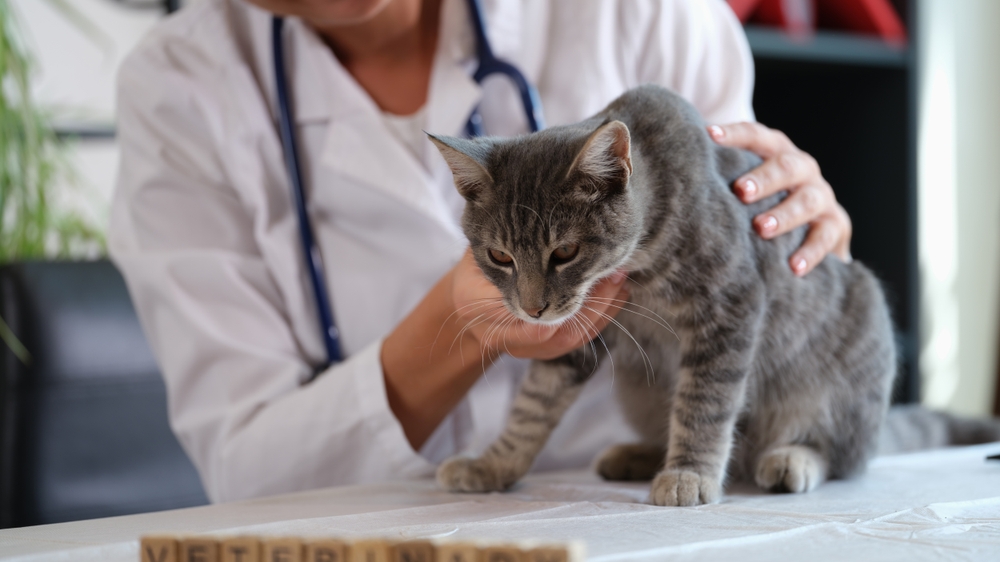
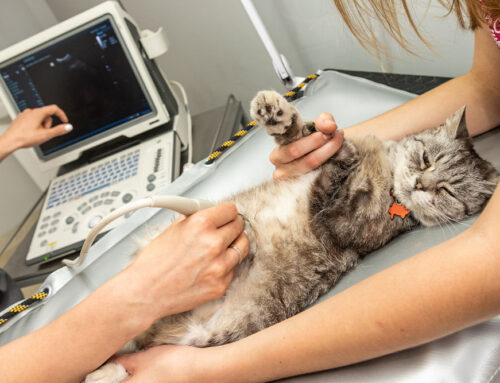
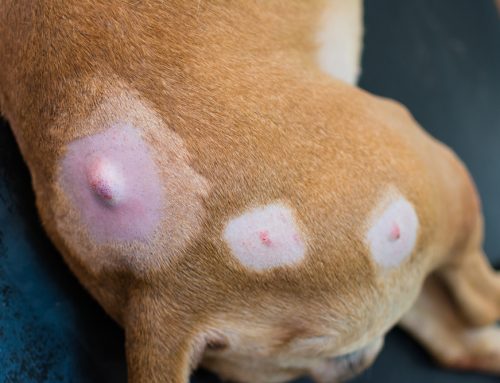
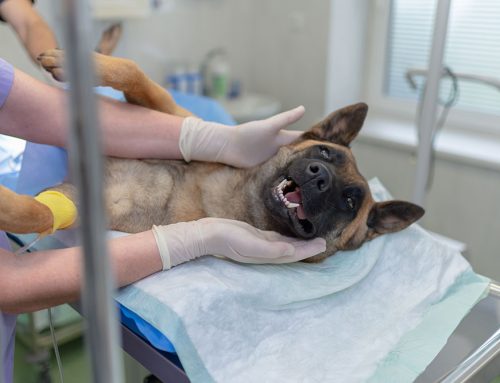

Leave A Comment